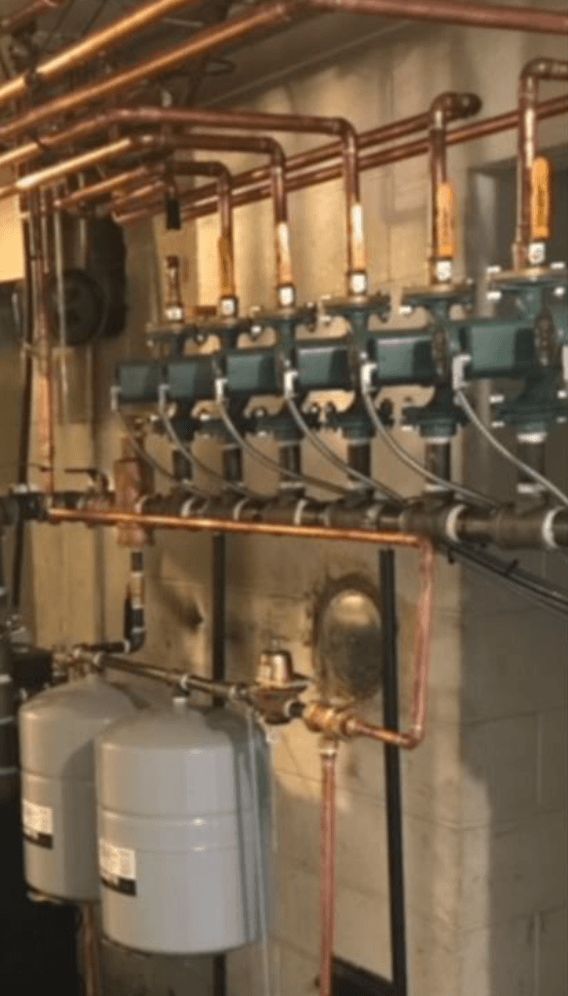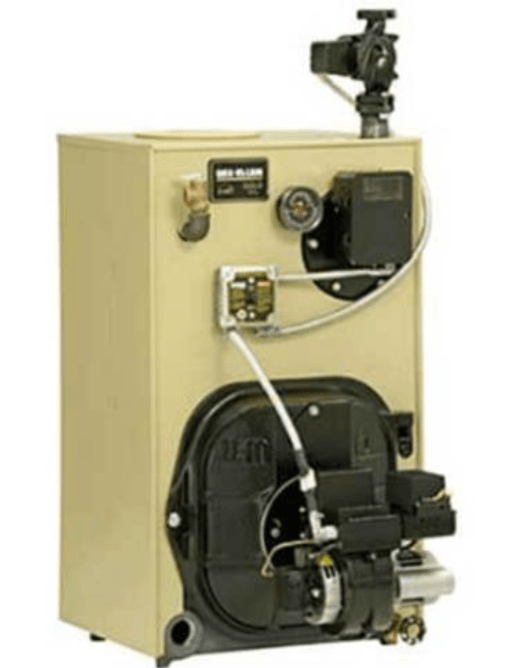What is Hydronic/Radiant Heating?
Summer will end soon, so its time to start thinking about getting ready for cold weather.
Most homes are heated using forced air through ducts or with a Hydronic/Radiant Heat piping system. Hydronic Heating systems heat water with a component called a boiler. Several components are attached to the boiler, such as a pump or series of pumps that circulate the hot water through pipes. The piping is installed as part of the hydronic heating system, and they are normally installed throughout your home.
Hydronic Heating can also be used by heating water in a boiler, piping that hot water to a coil located in an air handler, and the air handler will blow air across the coil to produce warm air in your home. This system is a combination hydronic forced air system.
A helpful addition to your hydronic/radiant heating system is to have zone vales connected so you can have multiple thermostats with multiple temperature control in areas of your home. Rooms that you spend most of your time can be warmer than areas that you may not use regularly.
The boiler is the main engine of the hydronic heating system, and it needs preventive maintenance at least once per year.
Hydronic heating/Radiant heating provides a comfortable warm heat source but is slower to change the overall room temperature
The piping that is connected to the boiler can be copper, iron, or now, many systems use plastic (a brand name Pex). This piping can be attached to radiators that are located throughout the home, baseboard style radiators, or piping running in the flooring.
hydronic
adjective
hy·dron·ic | \ hī-ˈdrä-nik \
Definition of hydronic
: of, relating to, or being a system of heating or cooling that involves transfer of heat by a circulating fluid (such as water or vapor) in a closed system of pipes.









